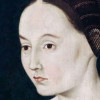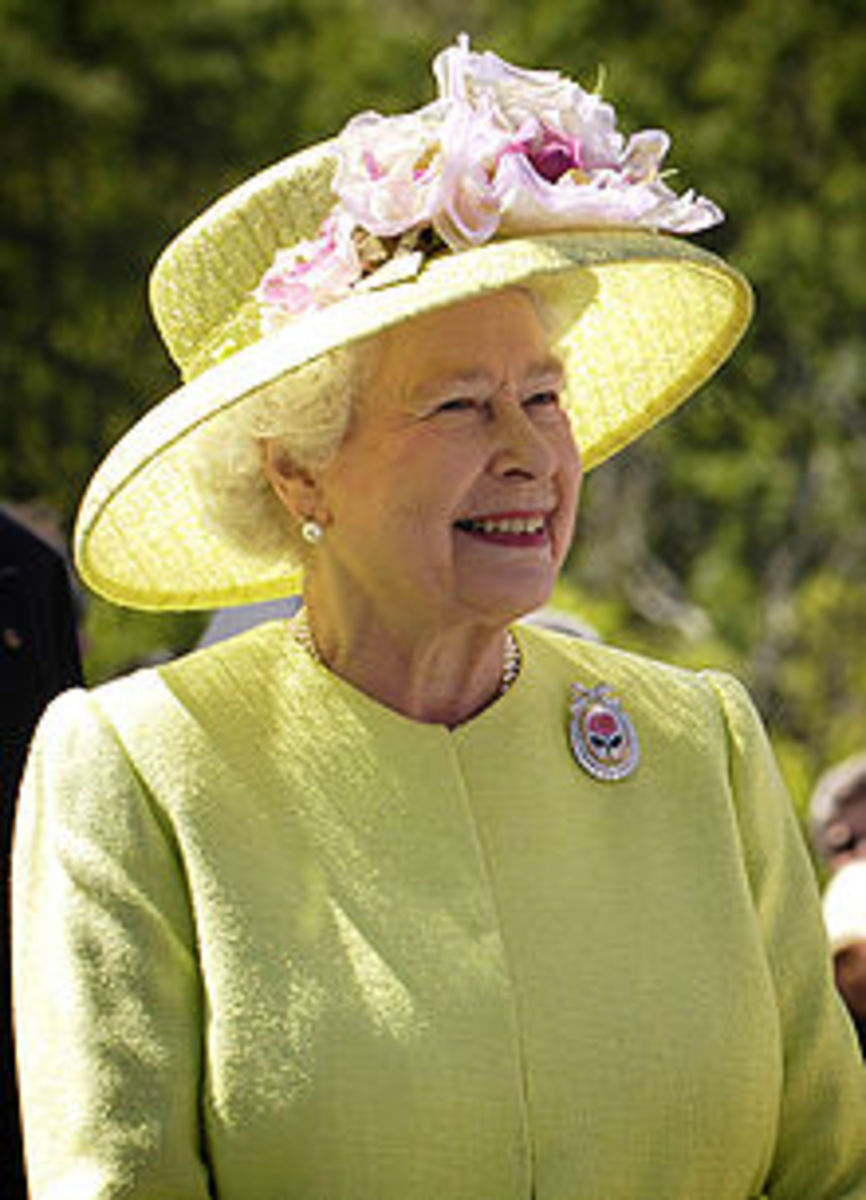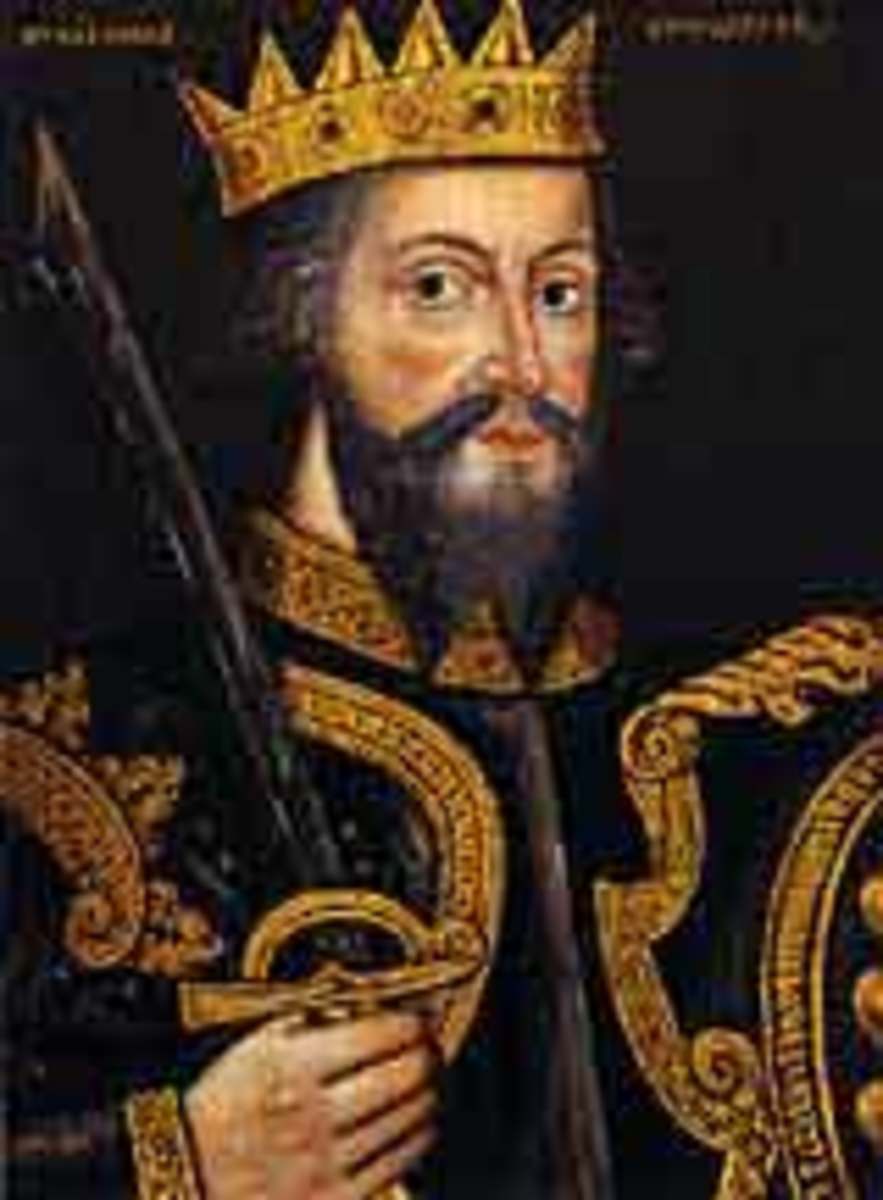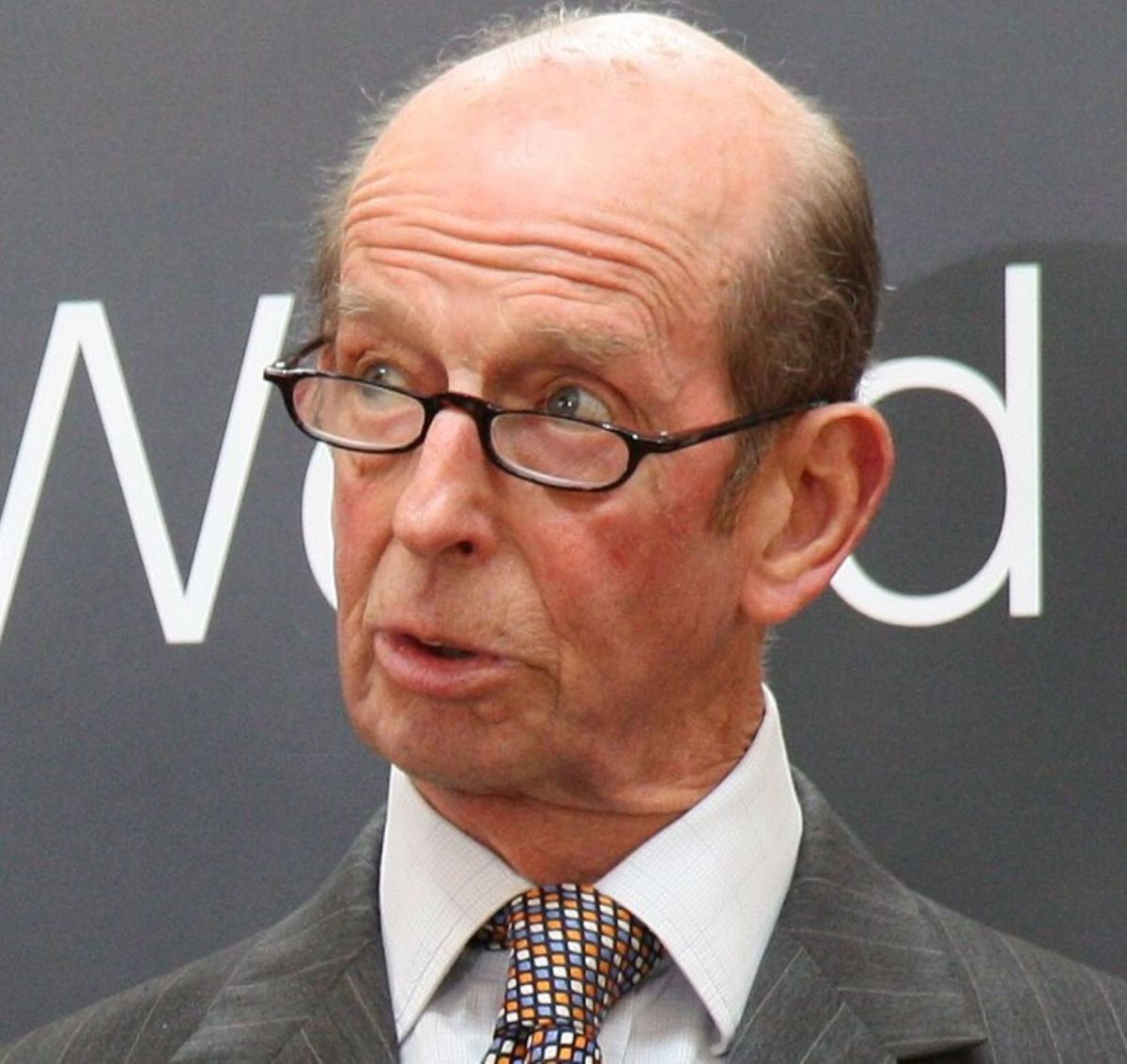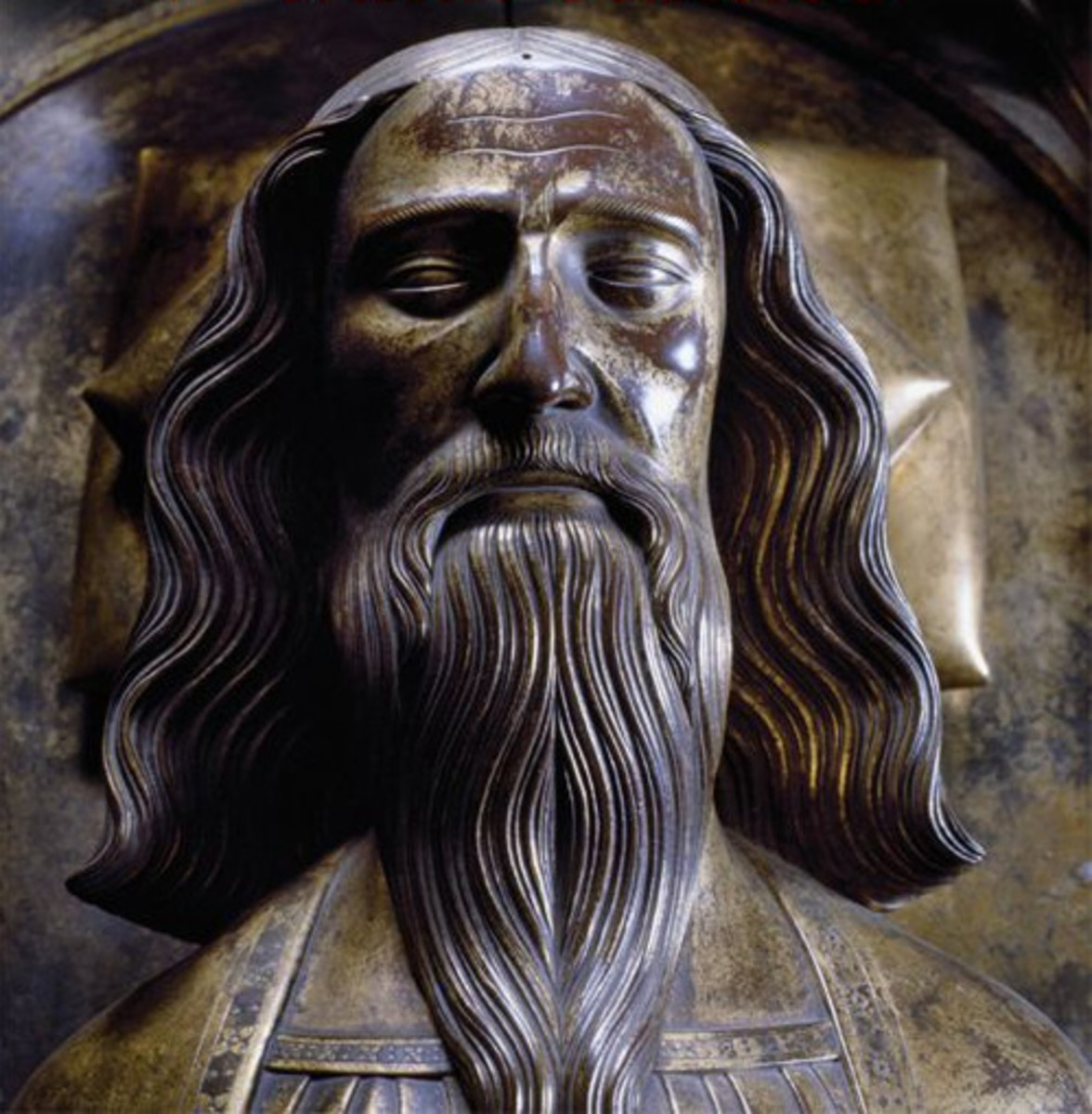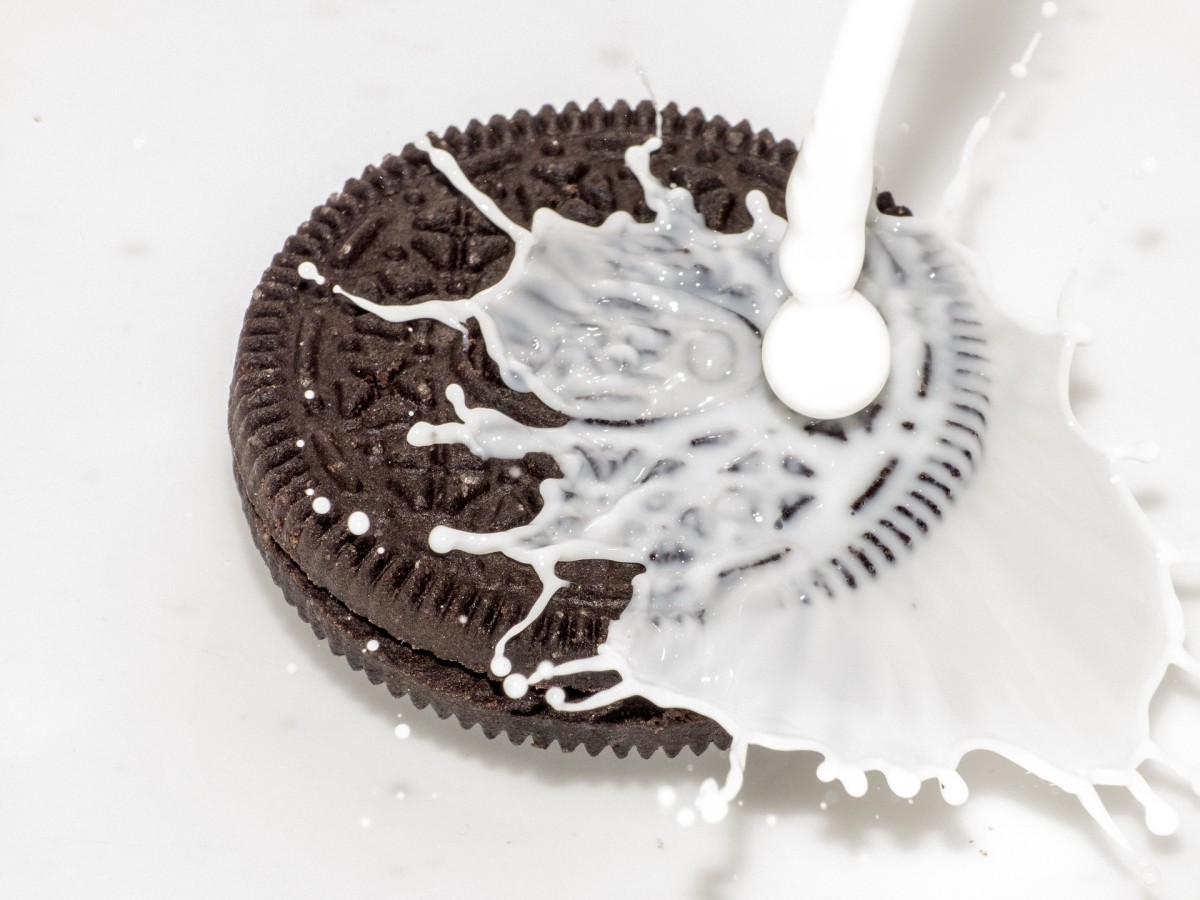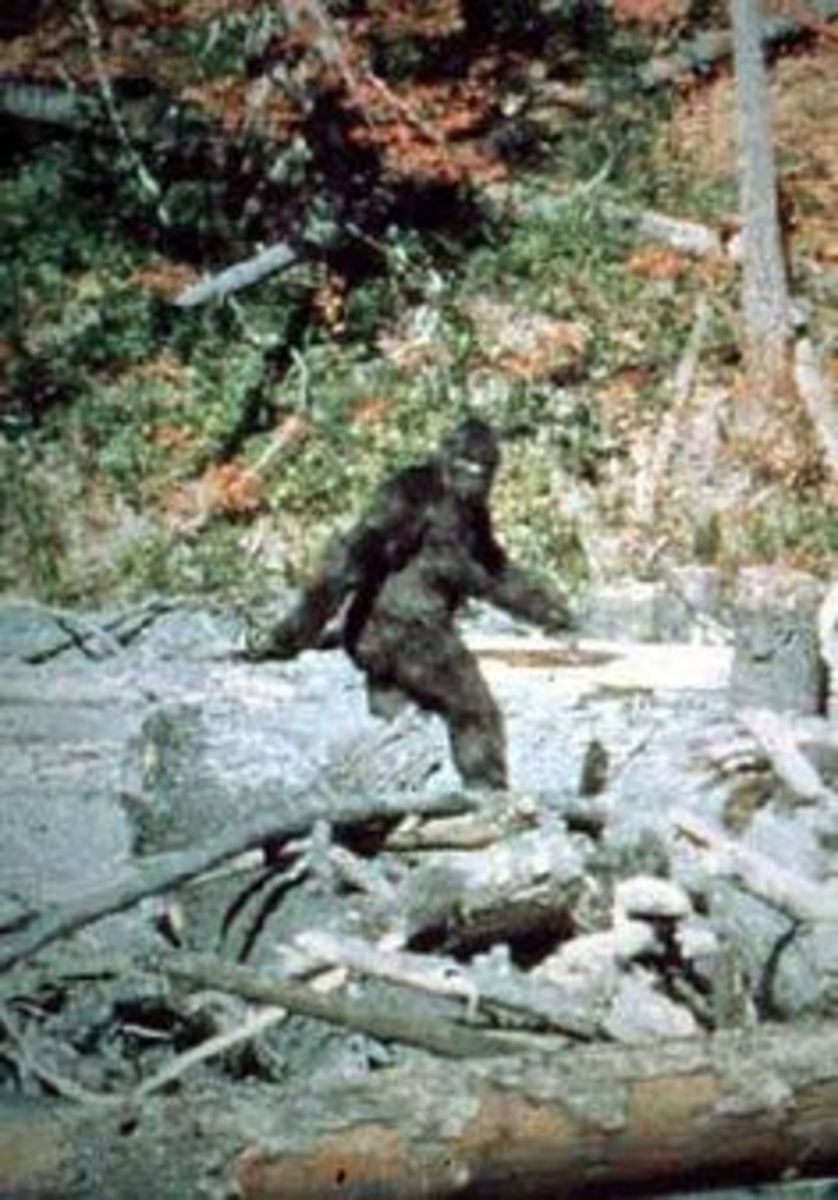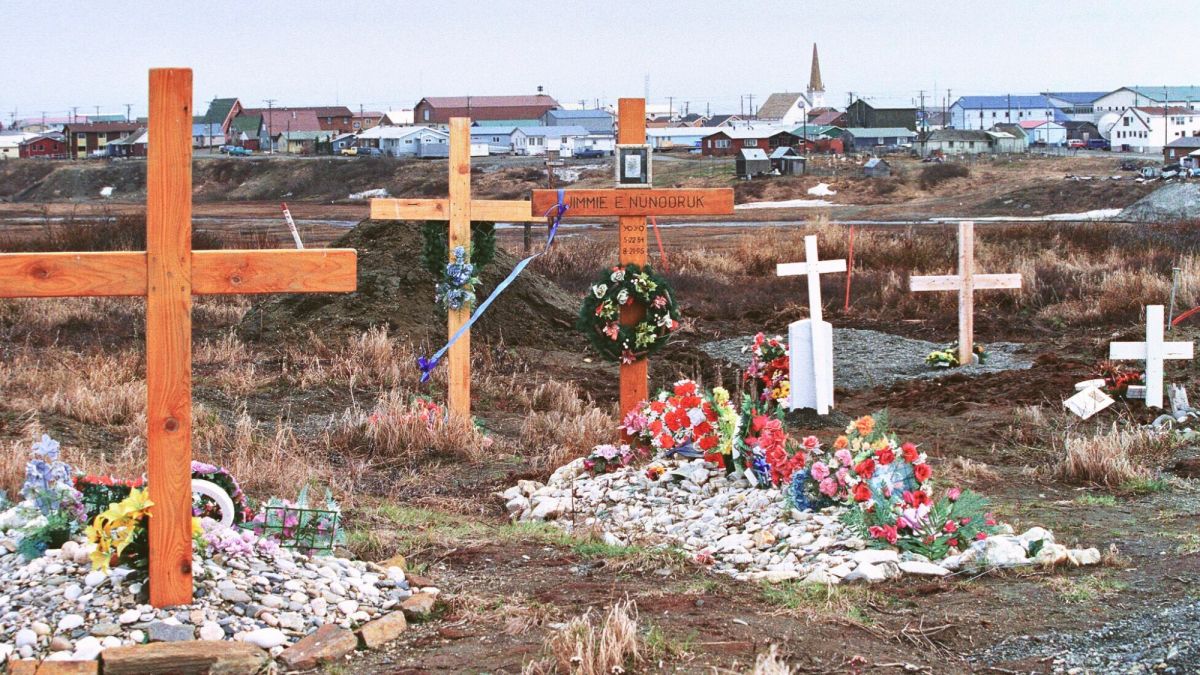- HubPages»
- Education and Science»
- History & Archaeology»
- History of the Modern Era
George VI - The York Years
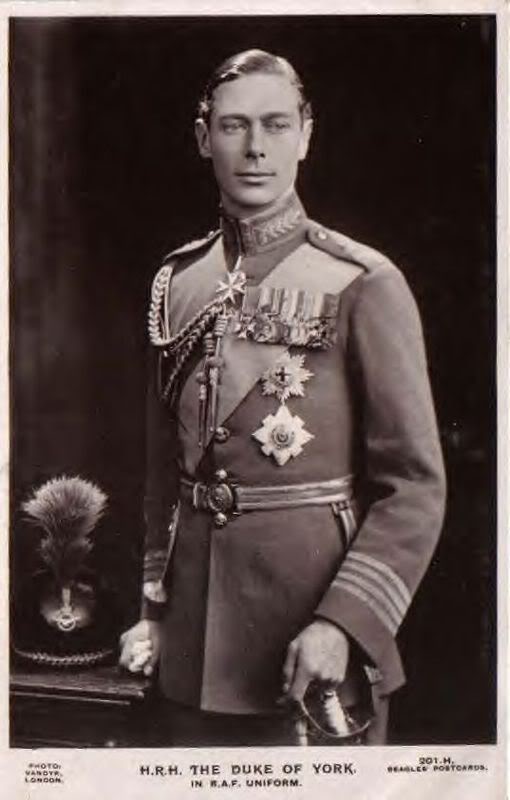
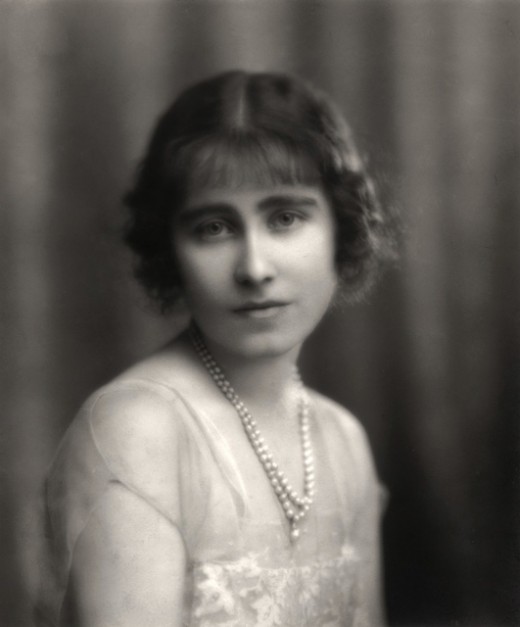
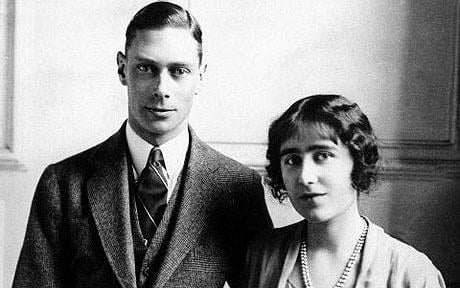
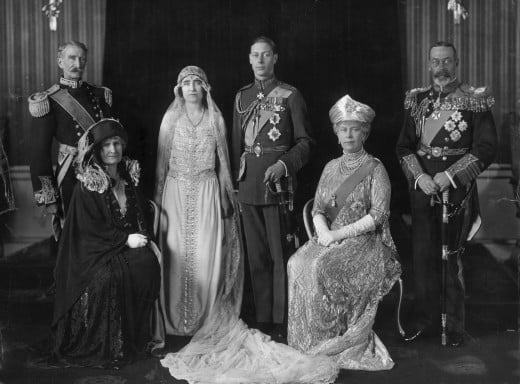
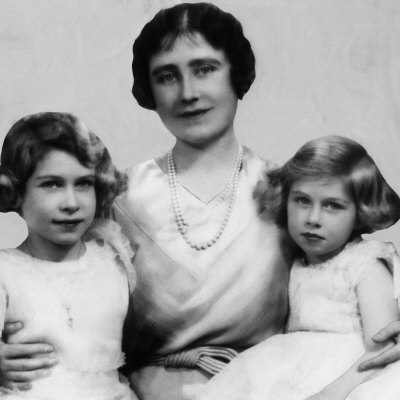
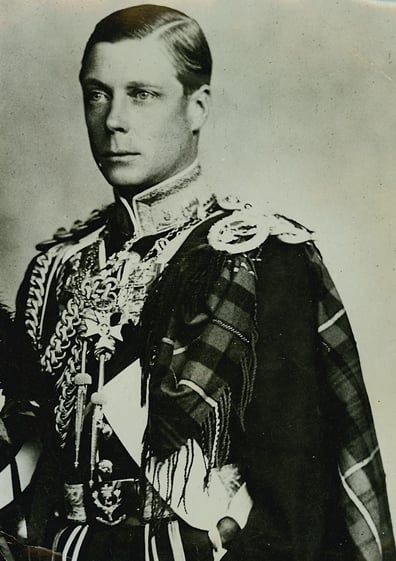
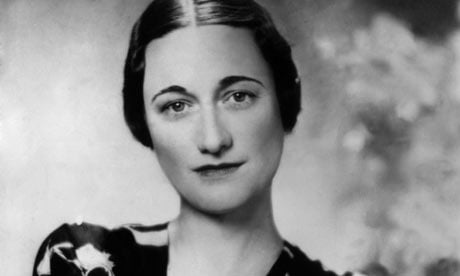
1920 - 1936
For the first part of the series on the life of George VI, please read ' George VI - Early Life '.
To avoid confusion, in this article George VI will be referred to as Prince Albert, his given name before he assumed the throne, or as the Duke of York, the title he bore before he became King.
On the 5th of June 1920, King George V gave Prince Albert the title 'Duke of York'. Prince Albert wrote to his father telling him he hoped to live up to the title the King himself had once borne.
Five days later, Prince Albert went to a dinner party in Grosvenor Square, given by Lady Farquhar. Later that evening there was a ball, which the Prince attended. At that same ball there attended a young debutante. She was not tall, had dark hair and bright blue eyes that glittered mischievously, and five years younger than the Prince. Her name was Lady Elizabeth Bowes-Lyon.
According to some stories, it was not the first time they had met. They had apparently met as children at a children's party when the five year old Lady Elizabeth gave the ten year old Prince the cherry from her cake. At any rate, it seemed to be the first time they had met properly as adults. A few years later Prince Albert would admit that he had fallen in love with her at the ball, without realising it.
Prince Albert spent time at Buckingham Palace in the summer of 1920. Court life had become almost stale - the King and Queen had followed the same routine, year in, year out, since they had taken the throne. It was almost as if it were the Victorian age. The King rejected everything from fashion to cocktails and became increasingly at odds with the modern world.
By the winter of that year, Queen Mary remarked to her lady-in-waiting Lady Airlie that Prince Albert was 'very much attracted to Lady Elizabeth Bowes-Lyon. He's always talking about her...' In the spring of 1921, Prince Albert got up his nerve and proposed marriage to Lady Elizabeth.
She said no.
Everyone wanted Lady Elizabeth and Prince Albert to marry, feeling that they were meant to be. Indeed, Prince Albert proposed again, and again Lady Elizabeth rejected him.
The year 1921 saw the first 'Duke of York's Camp' in which 400 boys were selected to go to a week long summer camp in August. There would be one day in which the Duke himself took part in the activities. They were largely successful, showing the wealthy and the poor boys that there were no differences between them except in how much money their families had. The last camp was held in 1939, as they were disrupted when the war broke out.
In 1922 Prince Albert also went as his father's representative to be Chief Sponsor at the marriage of his cousin Marie (who was another great-grandchild of Queen Victoria) to King Alexander of Serbia. Later that same year he also attended the coronation of his 'Cousin Missy' Queen Marie and her husband Ferdinand as King and Queen of 'Greater Romania'. That year also saw the first marriage of one of the King's children - Princess Mary married Viscount Lascelles in February.
By January 1923 he decided to propose again - for the final time. On the 13th of January 1923, he and Lady Elizabeth were out walking when he proposed to her. This time, to the relief of everybody, she accepted. Perhaps her previous refusals were the fear of getting involved with royalty and the hard work that it entailed. The King and Queen both happily accepted the engagement, and Prince Albert and Lady Elizabeth were married on the 26th April 1923 in Westminster Abbey.
The Yorks lived a low-profile social life, only going abroad to carry out duties, and whilst they occasionally enjoyed society, they were also at ease in each other's company. Their first home was White Lodge in Richmond Park, but it was incredibly expensive to run and barely modernised, so they escaped to the country as much as they could.
Queen Alexandra, the widow of King Edward VII, suffered a heart attack on the 19th of November 1925. She died the next day at the age of eighty, having outlived her husband by fifteen years.
The first child of the Yorks was born in 1926 on the 21st April. It was a baby girl, named Princess Elizabeth Alexandra Mary. At that time it did not seem like the little girl would ever inherit the throne, and nobody was upset that the baby wasn't a boy. Their second and last child, Princess Margaret Rose, would be born in August 1930.
Princess Elizabeth, known as 'Lilibet', became the King's favourite grandchild. Her grandfather would happily play games on the floor with her, and Queen Mary would play in the garden with her.
The same year of his eldest daughter's birth, Prince Albert had his first appointment with the speech therapist who would change his life - Lionel Logue, a forty-five year old Australian. Logue told the Duke that his stammer could be cured, but he had to make the effort to cure it.
In January 1927, the Yorks left to go on a tour of Australia and New Zealand, on the ship HMS Renown. The tour was a success - the Duchess won the hearts of the crowds and the Duke had made improvement with his stammer thanks to Logue. They returned to England in June, and then made their new home at 145 Piccadilly. In 1931, they would also have a country home in Windsor Great Park at the Royal Lodge.
The Yorks led a happy family life - playing games after tea and the childrens' bathtime until it was time for bed. It was much more happier than Prince Albert's had been.
By 1930, the Prince of Wales had settled into a kind of domesticity with his married mistress, Thelma Morgan Furness, living at Fort Belvedere, which was near the Royal Lodge of the Yorks. The Duke and Duchess liked Thelma and would often visit Prince Edward. One weekend, the Yorks, Prince Edward, Prince George, Prince Henry, Thelma and another guest went ice-skating on a frozen lake. The unnamed woman was none other than Wallis Simpson - the woman for whom the Prince of Wales would someday throw away a kingdom.
Prince George (now the Duke of Kent), the youngest living brother of Prince Edward and Prince Albert, married Princess Marina of Greece in November 1934. Their other brother, Prince Henry, married Lady Alice Montagu-Douglas-Scott in 1935. Now the question left to be asked by the British public and the royal family was, when would the Prince of Wales marry?
In 1935, George V remarked, "I pray to God that my eldest son will never marry and have children and that nothing will come between Bertie and Lilibet to the throne". It was also an important year for the King - it was his Silver Jubilee year, celebrating 25 years since he had come to the throne. It was a chance for the people to show how much they loved their King - every evening for the week of Jubilee celebrations, crowds gathered outside Buckingham Palace to sing 'For he's a jolly good fellow'. King George, who had been afraid of revolution in 1918 after seeing what had happened to his cousin, Tsar Nicholas II, found in 1935 that he was truly loved by the people.
However, it was not meant to last.
As the year wore on, it became obvious that the King was dying. The end was slow, and the King had eventually subsided into a sort of coma. His last coherent words were addressed to a nurse giving him a sedative: 'God damn you!', a remark typical of a man of his spirit. The BBC made an evening broadcast to the nation on the night of the 20th January, 1936, stating the famous line, 'The King's life is moving peacefully to its close.'
With the permission of the royal family, the King's doctor, Lord Dawson, administered a fatal overdose to the King, who died peacefully at approximately 11.55 PM that night. Queen Mary then took the hand of her eldest son and kissed it - the ancient way of paying homage to the monarch. King George V was dead and King Edward VIII now reigned.
The year 1936 came to be a year that nobody in the royal family would remember with much happiness. King Edward had become completely enamoured of Wallis Simpson, and the family hardened their attitudes towards her, believing her to be unsuitable as a King's consort, and controlling over the King. Relations became strained between the Yorks and the King that year, largely owing to the Yorks' feelings about Wallis.
By November, the House of Commons were talking about the possibility of abdication - they did not like King Edward's open love for Wallis, who had just divorced her second husband. The King told the Prime Minister, Stanley Baldwin, that he intended to marry Wallis. The King also informed his mother Queen Mary that if he had to, he would abdicate to marry Wallis - though it was not something he was seriously considering at that time, as has become clear since. Both Wallis and the King mistakenly believed, right until the last moment, that the King could keep both the throne and the woman just because he was popular with the people.
The Prime Minister sent a telegram to the Dominions asking for their opinions. The first option would be to accept Wallis as Queen, the second a morganatic marriage, and the third option was for the King to abdicate. The Dominions all replied that the King should abdicate.
In the space of less than a year, being the monarch had become like some sort of pass the parcel game. Prince Albert dreaded being left with such a tremendous responsibility when all he really wanted was a quiet family life. However, Prince Albert, unlike King Edward, had a sense of duty, and if he were to be called upon, would not shirk his duty. This was just one of his qualities that in time, his eldest daughter would prove to have inherited, and it was one of many qualities that marked him out as a better man and King than his elder brother. At the moment however, the family was upset at the idea of the King abdicating, though slowly (with the exception of the Duke) they were coming round to the idea that perhaps it would be best for Edward to abdicate.
Discussions were held almost daily throughout early December, until the 10th saw the Duke of York named officially as the King's successor. Agreements relating to King Edward's allowance after his abdication were agreed upon, and everything was settled - after his abdication, King Edward VIII would become the Duke of Windsor.
Friday 11th December 1936 was what Prince Albert remembered as 'that dreadful day'. At 1.52 PM he was no longer Prince Albert, Duke of York. He was King George VI of Great Britain, Ireland and the Dominions beyond the Seas.
For further reading, please read 'George VI - For Valour'.
